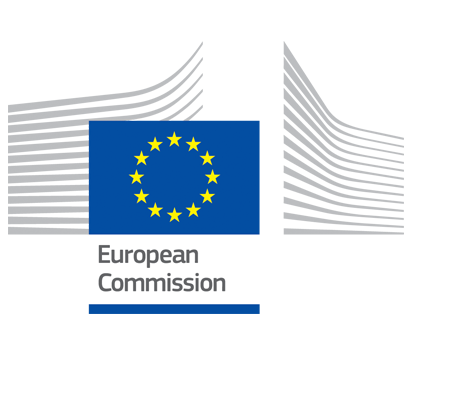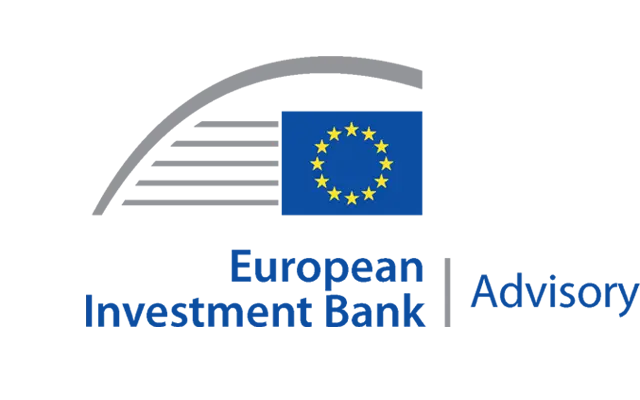Financial needs in EU agriculture and agri-food sectors and possibilities offered by EAFRD financial instruments

Main topics: New flexibilities for EAFRD financial instruments in post 2020 period to help addressing financing needs of EU farmers and agri-food companies.
A discussion with Michael Pielke, Head of Unit in the European Commission’s DG AGRI (Directorate-General for Agriculture and Rural development), hosted by Miglena Dobreva from the fi-compass team at EIB.
Before you tune in to the podcast, have a look at the fi-compass study on financial needs in the agriculture and agri-food sectors in 24 EU Member States.
Good morning everyone! Welcome to a new episode of the fi-compass Jam Sessions podcast. I am Miglena Dobreva and I will be your host today.
Today we invited Michael Pielke, Head of Unit in the European Commission’s Directorate-General for Agriculture and Rural Development to talk about how EAFRD financial instruments can support the agriculture and agri food sectors in Europe. Welcome Michael and thanks for joining us.
Good morning, Miglena!
Good morning to all listeners, and thanks to fi-compass for undertaking our first podcast on EAFRD financial instruments.
So, Michael, let’s start with the recent fi-compass study on financial needs in EU agriculture and agri-food sectors and, as a second point, the possibilities offered by EAFRD financial instruments. Our listeners can find the link to the study in the transcription of this podcast on our website as well as on our dedicated EAFRD webpage.
What was the rationale behind this study and what are the main outcomes?
In this programming period, financial instruments as part of rural development programmes were set up very late. Some managing authorities explained that the necessary ex-ante assessment delayed the process. Others were not convinced that there is an issue at all with access to finance in agriculture and rural development. The Study is our contribution to come to a better understanding and a more detailed picture about the financial markets in which farmers have to operate. Access to financing has also been analysed when we drafted the Commission recommendations for the future CAP Strategic plan. There, the study provided an important input. The financing gap, which we found is between EUR 19.7 – 46.6 billion for agriculture and more than EUR 12.8 billion for the agri-food sector. Its size motivates us to raise these points and search for adequate solutions.
Indeed, the financing gap identified is significant. Could you give us more details on what these estimations are based on?
Estimations in the study are based on first-hand information gathered through: a survey on a representative sample of 7,600 farmers and a survey on 2,150 agri-food enterprises. These surveys were complemented by more than 400 interviews with main stakeholders in Member States’.
This autumn, as you mentioned, DG AGRI in partnership with the EIB hosted a series of country specific webinars on the ‘Financial needs in the agriculture and agri-food sectors’. What were your impressions from these online events and what’s next?
First of all, very interesting, a huge demand for information from our stakeholders, and responsive managing authorities ready to talk about their cases and experience. Secondly, these webinars provide the opportunity to discuss a topic that is specific and has a different solution for each country. What works in one Member State or is not needed in another one. Strategic approaches by managing authorities also differ, and the way the green transition is seen, determines the way forward in the future CAP Strategic Plans. Thirdly, the Covid-19 health crisis has negatively impacted the sustainable investment path of agriculture. Many farmers had troubles selling their production. Therefore, we need to discuss this as well and listen to the Member States to develop together the right way forward. As to the future – we intend to continue with these webinars and we will announce some new events soon.
And now looking ahead: Among the interesting novelties of the new CAP, there is the easier combination of financial instruments and grants and the possibility to support purchase of land for young farmers. This can be a key element to help young farmers entering the sector. What is your view of this? What feedback have you received from Member States so far?
The one stop shop option, which we announced last year in April, is an excellent opportunity for saving costs and time. It allows for a straightforward approach. If it can be combined with additional financial resources (e.g. through the EIB, banks’ financing, etc.), that could provide for extra value added. It is too early to draw any conclusions about the feedback from Member States, as we are still in an early phase of the discussions on the new CAP Strategic Plans. I am optimistic that Member States will address the needs of young farmers. We will encourage them.
Speaking about the Green Deal and the green transition. How do you think the new possibilities introduced for financial instruments under the CAP Strategic Plans for the next programming period can facilitate and speed up the transition to more sustainable agriculture in rural areas?
The challenge to modernise agriculture and to advance in our ambitions under the Green Deal is very important. Agriculture, as a sector, is in need of huge investments to be able to deliver on economic, environmental and social sustainability. The ‘green transition’ will be a long process that can be facilitated by financial instruments, and this is why financial instruments are such a high priority for us. In the context of the Green Deal, the combination of grants and financial instruments could be an important tool. This combination allows supporting larger viable projects and linking the grant element to the achievement of certain targets (e.g. reduction of energy use). At the end, it will all depend on the set of policy tool that the Member States would like to use for reaching its objectives. Of course, we will be pleased to see financial instruments among them where they make sense.
I’m sure our listeners are curious to know what we will offer under fi-compass going forward to our EAFRD community. What can they expect?
We will continue to provide advice supported by examples, and hopefully more analytical work to help managing authorities to take informed decisions. Given the circumstances, we will intensify our webinar offer. But, we as Commission services are also available for bilaterals in case of more specific questions.
Now to conclude, Michael, what is your advice for EAFRD managing authorities who are considering setting up EAFRD financial instruments in the next programming period?
Well, it is not easy to come with a ready made response here. We can only support their work, offer discussions on the design of the financial instruments and financial instruments products, and to provide information for example on questions related to the implementation. We are looking forward to building on every successful case, no matter whether a new one or extended from the current period. In any case, we should not start late.
Thanks a lot, Michael, for these very interesting insights and for sharing your expectations for the future. It was a pleasure to talk to you today.
Thank you for this opportunity, Miglena, I am looking forward to working with all of you on the new CAP strategic plans and I wish you all a happy festive season and a happy new year.
Thank you again, Michael. A big thank you also to our listeners for tuning in today for this new episode of the fi-compass Jam Sessions. If you have any questions or want to suggest a new podcast topic, send us an email at info@ficompass.eu. Don’t forget to follow us on Social Media and to subscribe to the podcast on the main podcasting platforms. Have a lovely day ahead and Happy Holidays from the fi-compass team.





